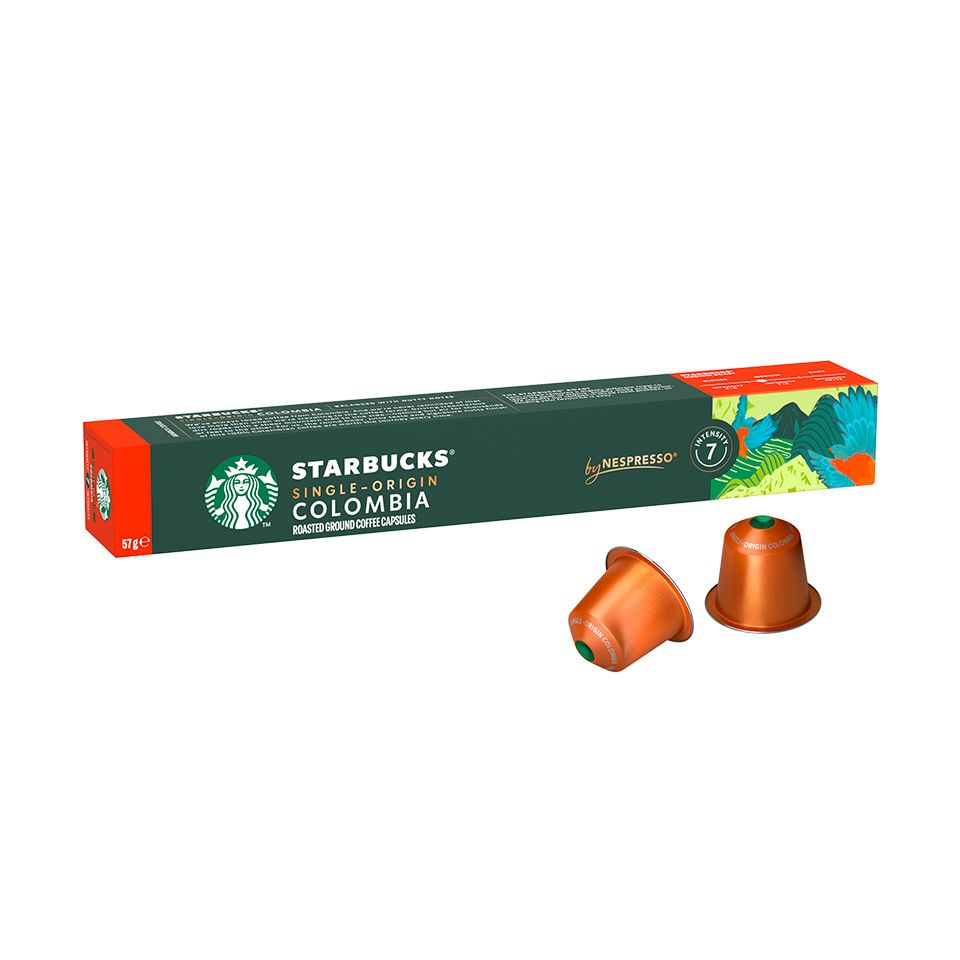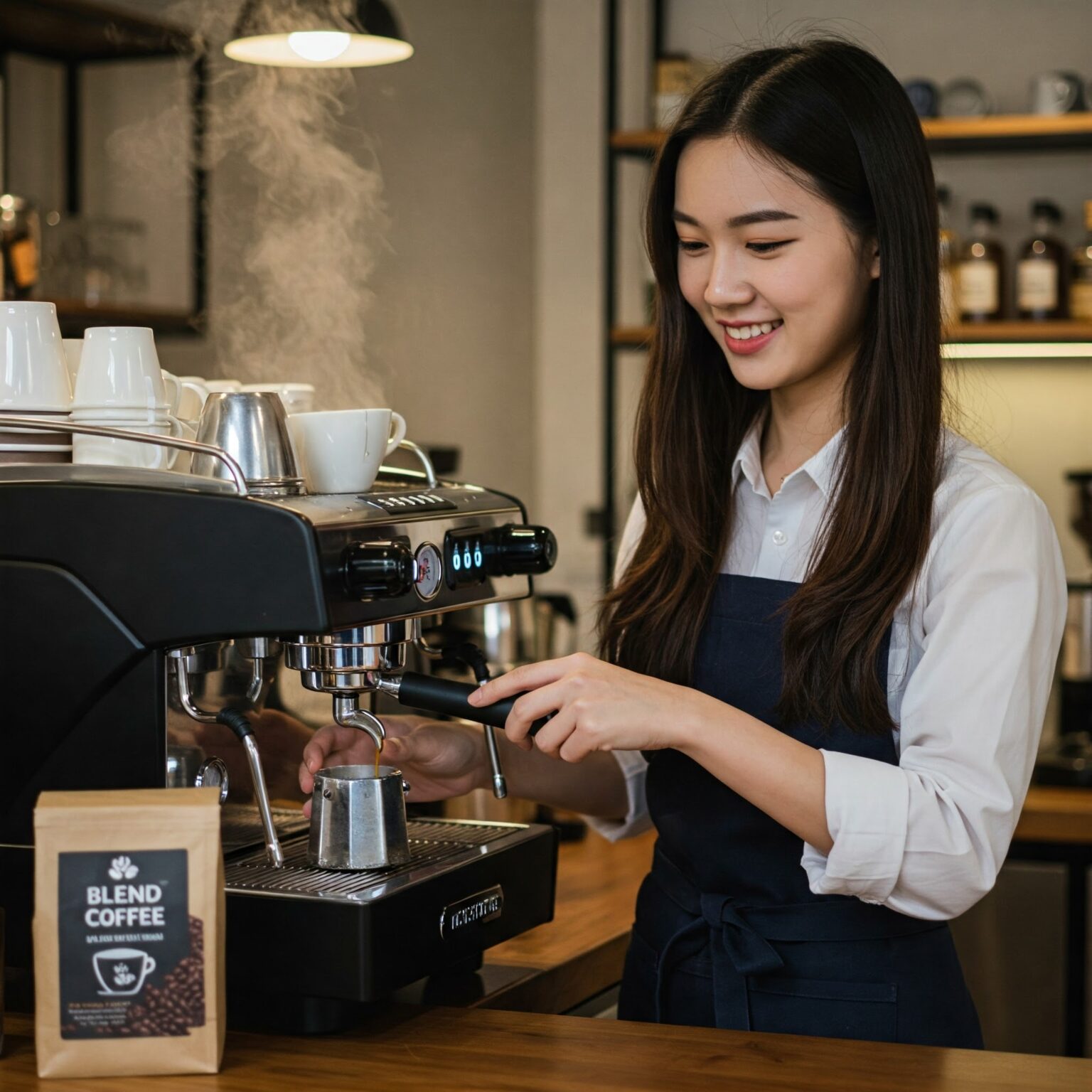Pairing Food and Desserts with SOE Single Origin Espresso
Wiki Article
Coffee Beans Uncovered: Uncovering the Keys of Coffee and Blended Coffee Beans
When you believe about coffee, what comes to mind? Is it the abundant fragrance of espresso or the complexity of a well-crafted mix? Recognizing the subtleties of coffee beans can transform your experience.The Origins of Coffee: A Historic Viewpoint
Although coffee is now a staple in coffee culture worldwide, its origins map back to the very early 20th century in Italy. You could be amazed to discover that the creation of coffee was driven by a need for rate and efficiency. In 1901, Luigi Bezzera patented the first coffee device, aiming to brew coffee faster than standard approaches. This development quickly recorded the focus of Italian coffee drinkers, causing the espresso bars we recognize with today.Comprehending Espresso Beans: Attributes and varieties
When you believe about coffee, it's necessary to identify the different bean varieties and their one-of-a-kind flavors. Each kind brings a distinct personality to your mug, affected by factors like roast degrees. Understanding these aspects can boost your espresso experience substantially.Espresso Bean Varieties
As you check out the world of coffee, you'll promptly uncover that not all beans are developed equal; each range brings its very own special flavors and qualities to your cup. Arabica beans are known for their smooth, nuanced flavors and reduced caffeine material, making them a favorite among coffee connoisseurs. Each selection provides something different, so exploring will certainly aid you find your ideal espresso.Flavor Profiles Described
Understanding the taste profiles of different espresso beans can raise your coffee experience. Each bean range supplies unique characteristics that affect taste, mouthfeel, and aroma. Arabica beans usually present a sweeter, extra intricate flavor with tips of fruit and flower notes, while Robusta beans have a tendency to be bolder, with nutty and natural undertones.When you explore single-origin beans, you could uncover unique local tastes-- Central American beans might be brilliant and citrusy, whereas Italian blends commonly deliver abundant, chocolatey notes.
Roast Degrees Impact
Roast degrees play an essential role in forming the taste and aroma of espresso beans, influencing your general coffee experience. Comprehending these roast degrees helps you select the coffee that matches your taste choices. Trying out with various roasts can lead to delightful explorations, boosting your admiration for coffee.The Art of Mixing: What Makes Blended Coffee Distinct
What makes mixed coffee so fascinating? It's everything about the art of incorporating beans from different origins, roast degrees, and taste accounts. You're not simply mixing; you're developing a harmonious equilibrium that highlights the toughness of each bean when you mix. You can explore different combinations to enhance body, sweet taste, and level of acidity, leading to a brew that's richer and much more complicated than a single-origin coffee.Plus, mixing can help keep uniformity, offering a trustworthy taste experience no matter of seasonal variants in beans. Whether you're a home or a barista maker, grasping the art of mixing opens up a world of imagination and flavor opportunities, making your coffee experience truly special.
Taste Profiles: Sampling Notes of Coffee vs. Blended Coffee
Mixed coffee provides a globe of flavor opportunities, but when it comes to espresso, you're looking at an extra concentrated experience. Espresso generally showcases bold, abundant flavors with a thicker mouthfeel.On the other hand, mixed coffee offers a complicated tapestry of tastes. You can discover a range of sampling notes, from pleasant and nutty to flower and fruity. Each mix can supply something distinct, usually incorporating beans from various areas to develop a well balanced profile.
While coffee provides a punch, mixed coffee invites you to relish the subtleties. Whether you choose the robust toughness of espresso or the intricate flavors of mixed coffee, each cup tells its own story, waiting on you to discover.
Developing Techniques: Developing Your Coffee Shot
To achieve the ideal espresso shot, comprehending the developing strategies is vital, as even minor modifications can substantially impact the flavor and quality. Beginning by making use of fresh, high-grade coffee beans; grind them prior to brewing for optimum taste. Goal for a great grind, about the consistency of table salt, to assure ideal removal.Following, take notice of your water temperature level; it must be between 195 ° F to 205 ° F. Too warm or also chilly can ruin your shot. Usage about 18-20 grams of coffee for a dual shot, and tamp it equally with solid stress to produce a consistent puck.
Lastly, regulate your removal time; objective for 25-30 seconds. A longer removal can bring about resentment, while too brief can result in sour tastes. Practice these methods continually, and you'll improve your skills, achieving that rich, robust espresso shot you crave. Enjoy the trip!
The Duty of Roast Levels in Coffee and Blended Coffee
After understanding the brewing methods for espresso, it's time to contemplate how roast degrees affect the taste account of your coffee. The roast level can dramatically modify your coffee's scent, taste, and body. Light roasts often tend to highlight the coffee's beginning, using bright acidity and fruity notes, while tool roasts equilibrium level of acidity and sweetness, producing a well-shaped taste. Dark roasts, on the various other hand, highlight strong, rich flavors with reduced level of acidity, typically producing chocolate or great smoky touches.
Exploring Sustainability: Ethical Sourcing of Coffee Beans
When you select coffee, you're not just picking a flavor; you're choosing about the influence on farmers and the environment. Understanding Fair Profession techniques, natural farming approaches, and qualification criteria can help you sustain sustainable coffee sourcing. Let's explore exactly how these factors add to a much more honest coffee experience.Fair Profession Practices
Fair Profession techniques play a vital role in ensuring that coffee beans are sourced morally and sustainably. When you pick Fair Profession coffee, you support farmers that obtain reasonable incomes and work in safe conditions. By opting for Fair Trade brands, you're not simply delighting in a rich cup of coffee; you're making a positive impact on the lives of those who expand it.Natural Farming Approaches
As you discover the globe of honest coffee sourcing, organic farming techniques emerge as a vital component of sustainability. In addition, it usually leads to stronger, much healthier coffee plants, resulting in richer flavors in your mug. When you choose for natural coffee, you're making a mindful choice that profits both the planet and your palate.Accreditation Standards Explained
Comprehending accreditation standards is necessary for anybody curious about ethically sourced coffee. These standards, such as Fair Profession, Rainforest Partnership, and USDA Organic, warranty that coffee is grown under sustainable techniques. You support farmers who stick to honest labor practices and ecological protection. when you select licensed coffee.Fair Trade accreditation concentrates on offering fair earnings and functioning problems, while Jungle Partnership stresses biodiversity and environment conservation. Next time you're at your local coffee shop or grocery SOE shop, look for these labels, and feel good recognizing your coffee acquisition favorably affects communities and the atmosphere.
Frequently Asked Inquiries


Exactly How Does Altitude Affect the Growth of Coffee Beans?
Altitude influences coffee bean development by affecting temperature and climate. Greater elevations typically generate denser beans with more facility tastes, while lower elevations can lead to faster growth however less savory results. You'll taste the difference!What's the Distinction Between Arabica and Robusta Beans?
Arabica beans are sweeter and extra complex, while Robusta beans have a more powerful, harsher flavor with greater high levels of caffeine content. You'll locate Arabica liked for specialized coffees, whereas Robusta's usually used in instant coffee and coffee blends.Can Coffee Beans Go Poor or Lose Flavor Gradually?
Yes, coffee beans can spoil and lose taste with time. They'll become stagnant if you store them incorrectly or maintain them also long. Constantly maintain your beans in a closed container far from light and wetness.What Are the Health Conveniences of Drinking Coffee?
Consuming coffee boosts your power, enhances psychological quality, and might decrease the danger of particular diseases. It's abundant in antioxidants, sustains metabolism, and can boost mood, making it a beneficial option for your day-to-day routine.How Does Water Quality Influence Espresso Removal?
Water top quality greatly affects coffee removal. It influences the solubility of flavors and oils, influencing preference and scent. Making use of filtered water can enhance your espresso, guaranteeing a balanced and pleasurable mug every time you brew.Coffee Beans Uncovered: Uncovering the Keys of Coffee and Blended Coffee Beans.
Understanding the flavor accounts of different espresso beans can elevate your coffee experience.Roast degrees play a vital function in forming the flavor and aroma of espresso beans, influencing your overall coffee experience (SOE).Combined coffee supplies a globe of flavor possibilities, but when it comes to espresso, you're looking at a more concentrated experience.After understanding the brewing strategies for espresso, it's time to consider exactly how roast levels affect the flavor account of your coffee
Report this wiki page